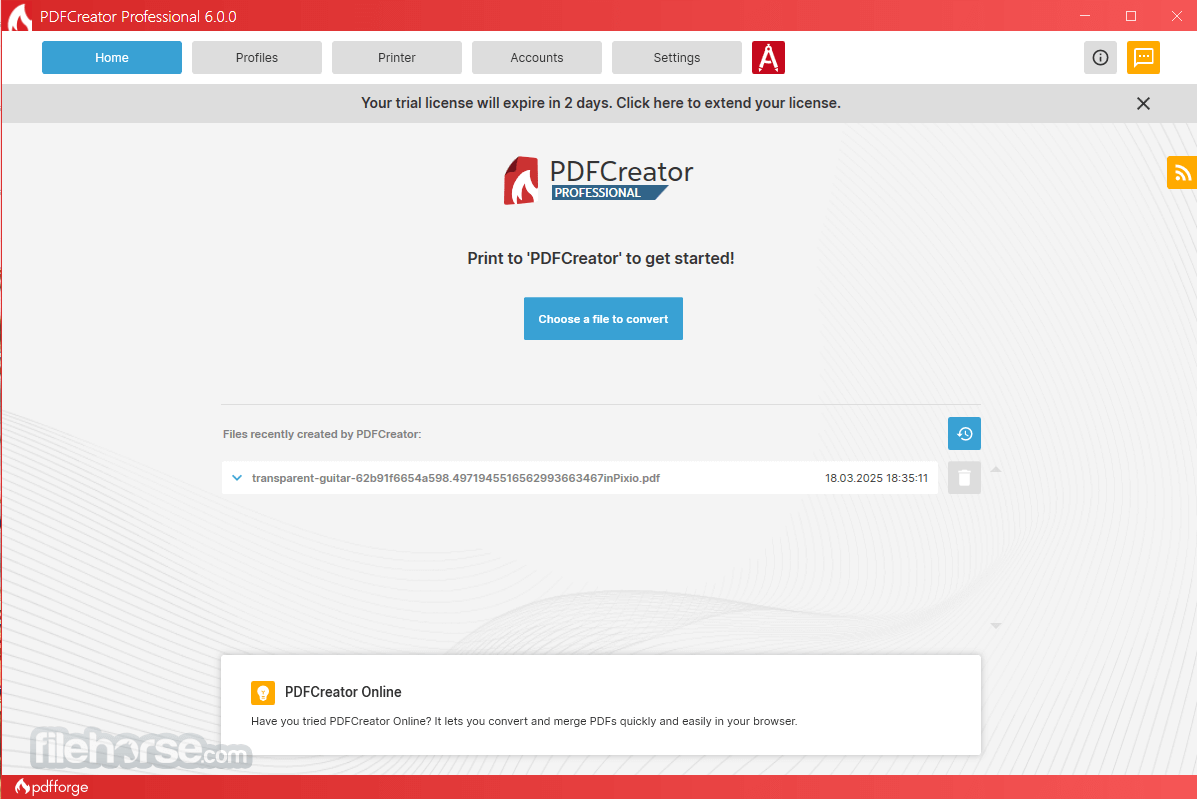


Open source file merge tool code#
The NSwag project provides tools to generate Swagger specifications from existing ASP.NET Web API controllers and client code from these Swagger specifications.


The Swagger specification uses JSON and JSON Schema to describe a RESTful web API. NET Core, Web API, ASP.NET Core, TypeScript (jQuery, AngularJS, Angular 2+, Aurelia, KnockoutJS, and more) and other platforms, written in C#. NSwag is a Swagger/OpenAPI 2.0 and 3.0 toolchain for. NSwag - The Swagger/OpenAPI toolchain for. Internally it uses the official swagger-parser and my markup-document-builder. Swagger2Markup supports the Swagger 1.2 and 2.0 specification. The Swagger source file can be located locally or remotely via HTTP. Swagger2Markup converts a Swagger JSON or YAML file into several AsciiDoc or GitHub Flavored Markdown documents which can be combined with hand-written documentation. NOTE: The Swagger Specification has been donated to to the Open API Initiative (OAI) and has been renamed to the OpenAPI Specification. The output of Swagger2Markup can be used as an alternative to swagger-ui and can be served as static content.
Open source file merge tool Offline#
The result is intended to be an up-to-date, easy-to-read, on- and offline user guide, comparable to GitHub’s API documentation. The primary goal of this project is to simplify the generation of an up-to-date RESTful API documentation by combining documentation that’s been hand-written with auto-generated API documentation produced by Swagger. Notice that the “FileThatServesAsTarget” is the version that is considered as “Latest” Version Summary of switches vsDiffMerge.Swagger2markup - A Swagger to AsciiDoc or Markdown converter to simplify the generation of an up-to-date RESTful API documentation by combining documentation that’s been hand-written with auto-generated API documentation The syntax is like this: "%VS110COMNTOOLS%/./IDE/vsdiffmerge.exe" "File1" "File2" "FileThatServesAsBase" "FileThatServesasTarget" /m For Example "%VS110COMNTOOLS%/./IDE/vsdiffmerge.exe" "Person Source.cs" "Person Target.cs" "Person Source.cs" "Person Source.cs" /m This opens VS like this In order to do this, you need to provide the name of the file that serves as base file, and you need to specify the name of the result file. You can also use this tool to merge 2 files. Use the /t switch to open the comparison in a “ProvisionalTab” Starts up the IDE with “Person Source.cs” and “Person Target.cs” opened. To start the tool to compare two files use the following command "%VS110COMNTOOLS%/./IDE/vsdiffmerge.exe" "File1" "File2" įor Example "%VS110COMNTOOLS%/./IDE/vsdiffmerge.exe" "Person Source.cs" "Person Target.cs" When you start VSDiffMerge, the diff / merge tool starts up with two files that you choose. Tip: You can also use %VS110COMNTOOLS% on the commandline to point to this directory. In the tools directory of Visual Studio (C:\Program Files (X86)\Microsoft Visual Studio 11.0 (or 12.0)\Common\IDE\ you find the tool VsDiffMerge.exe So what to do when I want to use this tool for 2 local files ? VsDiffMerge.exe to the rescue Problem is that you need Source Control… You cannot choose compare on a file that is not under source control. When you check in code, and have a conflict, the merge tool from Visual Studio is presented.Īll fine. You can choose 2 local files, a source control file and a local file, 2 source controlled files etc. When comparing two files from Source Control Explorer or the Solution Explorer you get this nice tool that shows a nice visual compare of two files. Probably you are familiar with the Diff tool that Visual Studio provides when doing Source Control.


 0 kommentar(er)
0 kommentar(er)
